The Hessdalen mystery solved ?
For several decades the Hessdalen valley north of the town Røros, Norway has, both during
day time and at night time, been visited by mysterious light phenomena travelling through
the landscapes.
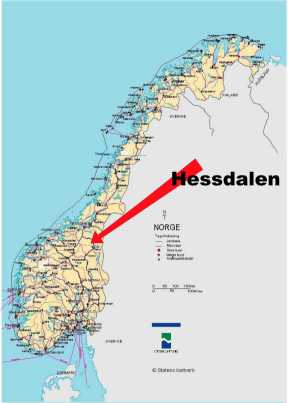
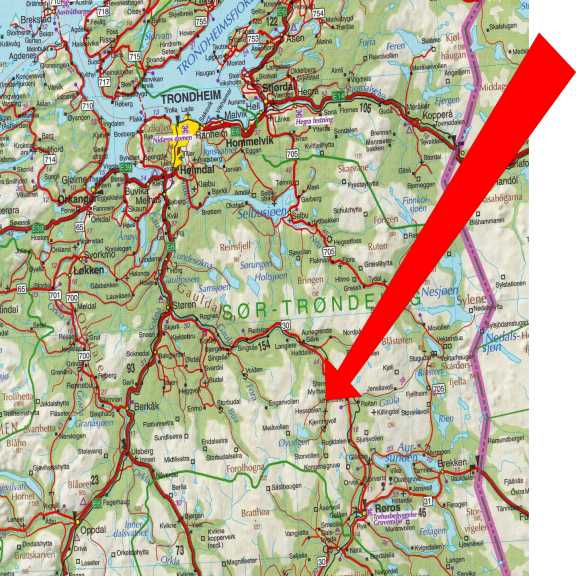
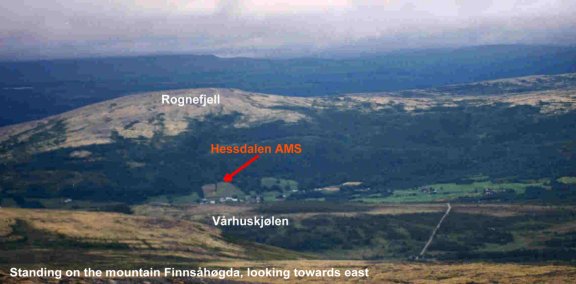
Hessdalen, view towards the east where the research station (AMS) is marked out in red.
The lights have been reported for generations, but in the 1980s reports became so frequent
that they caught the attention of researchers and of the media. The light phenomena were
reported as often as 20 times a week, often in the same locations and at the same hours.
They were often described as flickering lights seemingly appearing out of nowhere, and suddenly
disappearing just as mysteriously. The observations led to many speculations, and the media mostly
ridiculed the whole thing.
Some researchers, however, took another stand. A handful of them, with university professor
and civil engineer Erling Strand in the lead, established a permanent research station in the middle
of the valley. The operation was given the name Prosjekt Hessdalen.
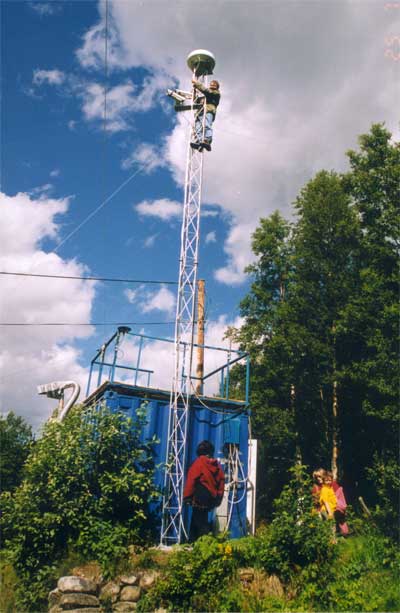
The research station with Erling Strand up the mast
Throughout the last 15 years, a steady stream of data has come from the station, in the form of
photographs and scientific recordings.
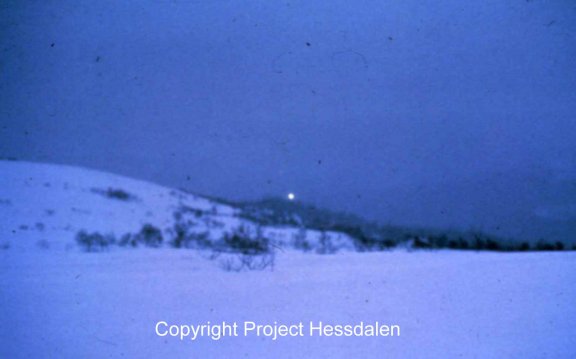
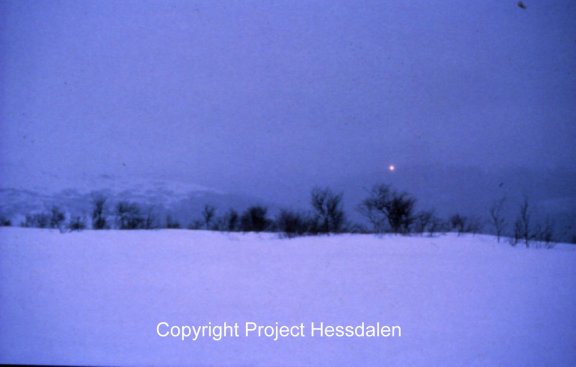
Two images of the light phenomena taken at 5.53 pm on the12th of February 1983. Photo: Leif Havik.
After some years, the Hessdalen lights started to catch the interest of scientists from other countries.
In later years, the valley has been visited by many international researchers. Last August, in the
nearby town of Røros, an international research conference was held, with its main focus on the
Hessdalen phenomenon.
Italian radio astronomers and astrophysicists have placed advanced
antennas in several valley locations for remote controlled recording. Data results from these sensors are monitored on a daily basis by the Italian Institute for Radio Astronomy in Bologna.
In September 2007, 50 pupils from a secondary school in the Norwegian county of Østfold participated
in a ” Science Camp ” in Hessdalen. They observed and photographed the lights several times during
a few cold autumn nights on the mountain tops.
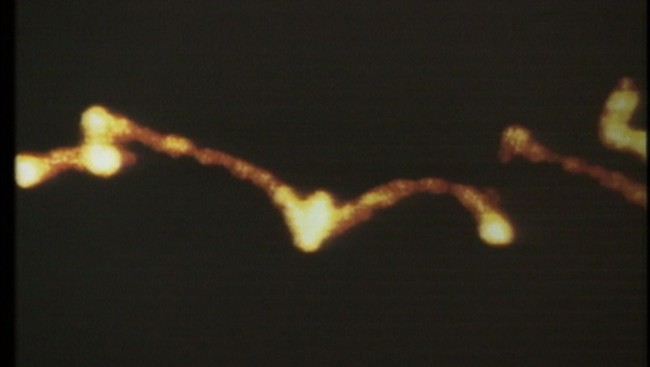
Image from the winter 1982/83.
What is so fascinating about these lights? Have they, as many have speculated, anything to do
with flying saucers and aliens?
Civil engineer Erling Strand from the University of Østfold states that an impressive amount of
photograph and film footage of the phenomena has been taken over the years. The lights appear
in various colours, shapes and sizes, and they move, often with impressive speeds and rapid changes
of direction, over the hills and mountains in the area.The highest speed recorded by the radar, is 30.000
km an hour.
But
at other occasions the lights are recorded when moving rather slowly, and have been observed
splitting into smaller ”lumps” of light. The lights may vary in size, but are often as big as houses.
They may also flicker with an even frequency, yet local flight control centres have, long ago, eliminated
the possibility that the lights might simply be originating from aeroplanes. On one occasion, when a laser
light was pointed towards a glowing light, the flickering sequence of the light immediately changed.
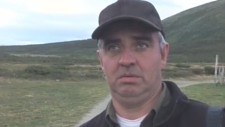
University professor
Bjørn Gitle Hauge
Civil engineer and university professor, Bjørn Gitle Hauge, who has researched the Hessdalen lights
since 1993, does not think the phenomenon is of alien origin, but that it represents a highly interesting
natural phenomenon.
Advanced measuring devices have now partly revealed the nature of the lights. Optical spectral analyses
and electromagnetic measurements have established that the lights are burning vortices of gas or plasma,
perhaps with a solid core.
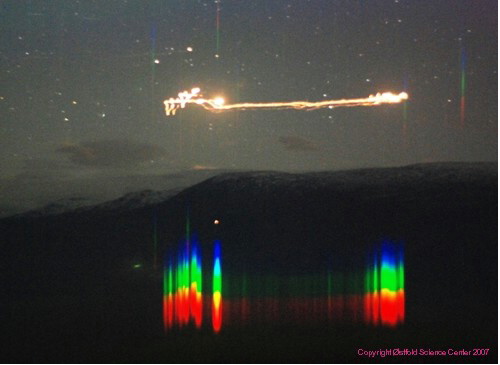
Photo: Bjørn Gitle Hauge
- We now know that the lights result of a combustion process, involving mainly the elements oxygen
and nitrogen, but also silicon and the very rare element Scandium. Scandium is found in the mineral
Tortveititt, named after the Norwegian who where the first to study it. The mineral Tortveititt is
chemically produced as a by-product of uranium and nickel-cobalt-copper, that due to its extreme
hardness, is used in for instance Russian MIG 15 fighter planes.
The valley of Hessdalen is, by the way, known to be rich in minerals such as iron, copper and sulphur,
and there are many old disused mines in the area. It has been suggested by several that particular
combinations of minerals in the valley bedrock, may have something to do with the phenomenon.
It is thus established that, practically on a daily basis, burning gas bodies, possibly with a solid core, and with
a brightness up to a mega watt, are hovering back and forth over the valley. But what is the source, and
how can the energy contain itself over minutes, and sometimes hours, without burning out in a single
puff,
similar to other burning gases?
– If we find the answer to that question, it might also represent the first steps on a road towards a
future inexhaustible energy source.
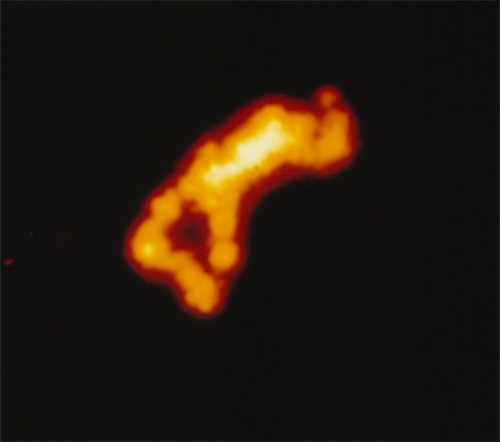
Photograph taken in Hessdalen in September 1984.
The Hessdalen phenomena probably hold large amounts of energy, and might imply a possibility equally important as the discovery of oil on the Norwegian continental shelf at the end of the 1960s.
Some have pointed out that there seem to exist similarities between the lights in Hessdalen and those
observed in other places in the world, for instance in Wiltshire, England where balls of light have
frequently been observed around crop circles. Terms such as plasma and vortices have also been used
to explain these lights.
Maybe the Norwegian research might also help understand the balls of light in England, and thus also
contribute to the research on crop circles?
For decades, many of the observers of the Hessdalen light phenomena have suggested they have extra
terrestrial origin? Can this theory now be abandoned for good? Hardly ! Many of the Hessdalen residents
still stick to this explanation. One of them, Ruth Marry Moe insists:
– “Yes, we have seen many lights, but we have also seen hulls! Some years ago, sitting on the river bank
waiting for my husband, I saw a 40 meter long “bread shaped” object with strong lights at both ends,
slowly flying along the valley. That was certainly not burning gas! Not to mention the late autumn evening
when I was driving home through the valley, and a large saucer shaped object appeared, that lit up the car
and the surrounding landscape!”
In the late morning on the 20th of June 2006, another resident, Bjarne Lillevoll, observed how a silver hull,
the size of an average civil air craft, but without windows or wings, was silently gliding above the tree tops through the valley.
So, it seems the Hessdalen mystery is far from solved. It might hold many more secrets that will perhaps
surprise even the most enthusiastic scientific researchers.
By Terje Toftenes 15.10.07
PS. Early in 2008, Terje Toftenes will release a new documentary film about the Hessdalen mystery and similar light phenomena.
The film is being produced by his new company “ New Paradigm Films ”.
Find a more detailed scientific report ( http://www.itacomm.net/ph/2007_HAUGE.pdf )
at Itacomm.net ( http://www.itacomm.net ).
© Norwegian Crop Circle Group 2007